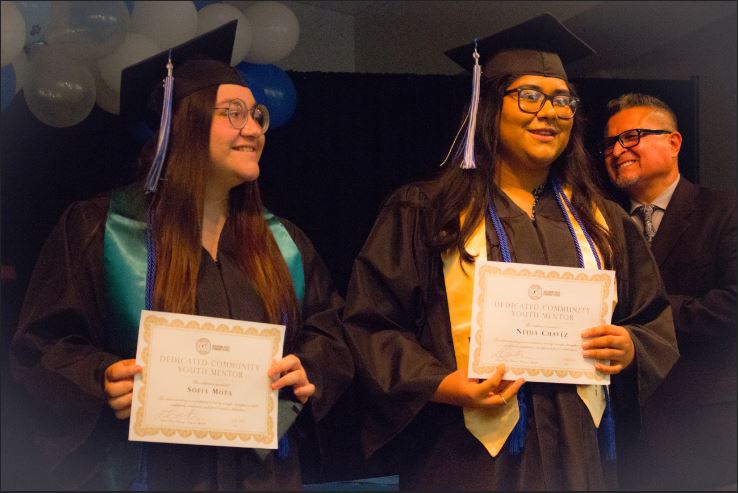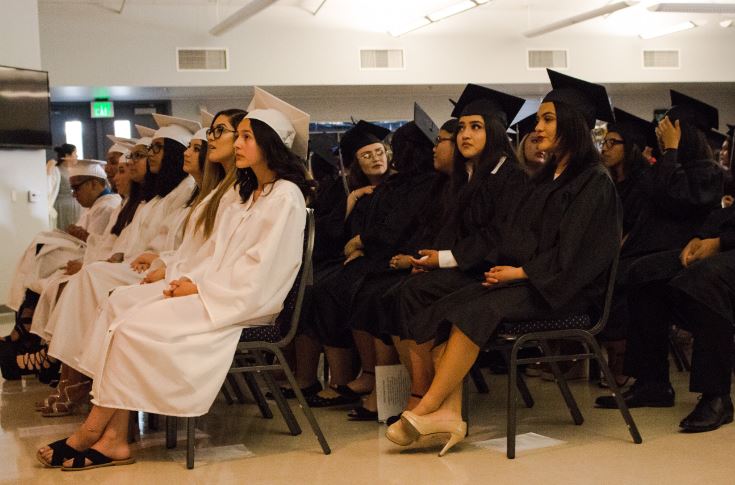San Bernardino Valley College Partnership with Middle College High School Blossom
 San Bernardino Valley College Counselor Susan Gasca with the Middle College High School
Program has been on both sides of the academic fence, helping students navigate a
workload that could prove exhausting for any A-team.
San Bernardino Valley College Counselor Susan Gasca with the Middle College High School
Program has been on both sides of the academic fence, helping students navigate a
workload that could prove exhausting for any A-team.
Students are knocking off high school along with two years of college, and at the same time, saving thousands of dollars off their education costs. For Gasca and fellow counselor Kimberly Wingson, preparation is critical to get students through as many units as possible toward their associate degree by the time they graduate high school. The Middle College High School program looks to serve students between 2.5 and 3.5 GPA, but she especially likes reaching those most in need, even at the lower end of the grade spectrum.
“If we support them, they're going to make it through. If they don't have programs like this, it's much more difficult for them,” said Gasca, who has worked with the program for nine years, including six years on the Valley College side, and three years as principal of the Middle College High School.
She said because students with college-educated parents or siblings often get help from family members with tedious paperwork, and financial aid, it's all the more important to reach students first in their families to go to college. "First-generation students are like, what am I supposed to do?” she said. “We're training them in how to survive college with required stud and the student development class.”
The program recently honored 75 students for their hard work in maintaining a 3.5 GPA and above in the college classes. Another priority is getting students IGETC ready with a package of 40 units, equivalent to lower division general education requirements, including English and Math. The goal is to provide the right foundation and smooth the transition to four years of higher education.

“It's not a full AA, but with a package that certifies the student has completed these units that fall into specific categories. We find that we push those first because of the IGETC package, colleges move better with the students,” she said.
Coming into Middle College High School, ninth graders are cocooned, but not coddled. Through the freshman year, they carry a full load of high school courses along with some arts and theater so they won't be too overwhelmed. She wants students ready to hit the ground running as sophomores. In the fall, they take development class to learn to read a syllabus, connect with instructors and how to study. They receive strength assessments, a personality inventory, and presentations to withstand the academic rigors ahead.
If grades fall short, counselors and teachers tighten the reins with support and a probation system. They may need to attend a mandatory meeting with a parent, and take extra tutoring. But, for the most part, sophomores experience college life as a regular student. “They're independent here. Nobody is going to make sure they go to class. Nobody babysits,” she said.
There is significantly more Middle College High School outreach at local high schools than when the program first started in 2004. Then, as the principal, she recalls hand filtering massive amounts of school district data to reach parents whose students were at 1.8 to 3.5 GPA.
This year, there are 65 graduates. While there is a great deal of built-in program support, students are also required to be ready and willing to put in the energy to make it work. “Can you stumble? Of course, you can, but then you get up,” she said. Over the years, the program has grown in support and number of students served. Even though some students may leave or move away, she said there are several layers of protection to help students finish strong.
“You're going to be with us through high school. What can we do for you to support you to give you the most bang for the buck?” she said.

